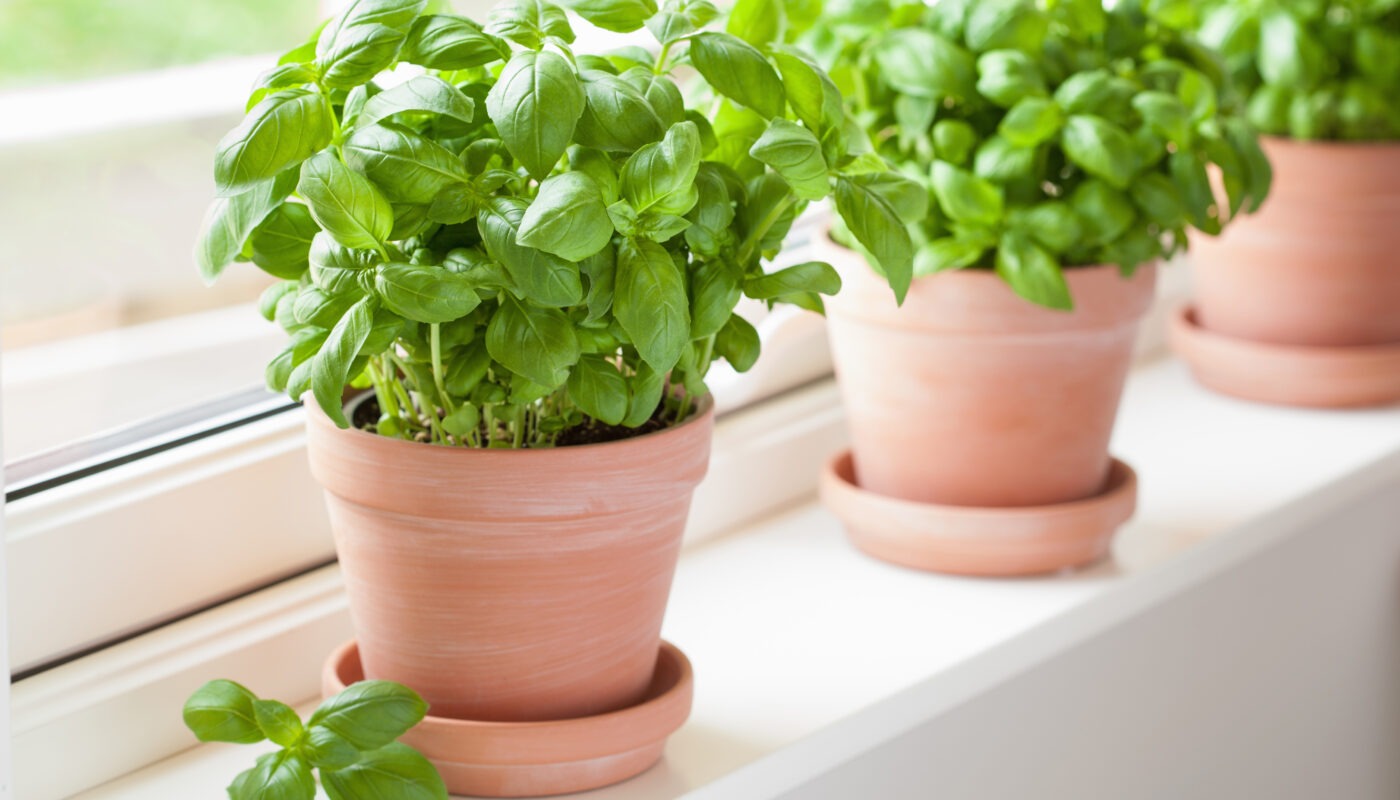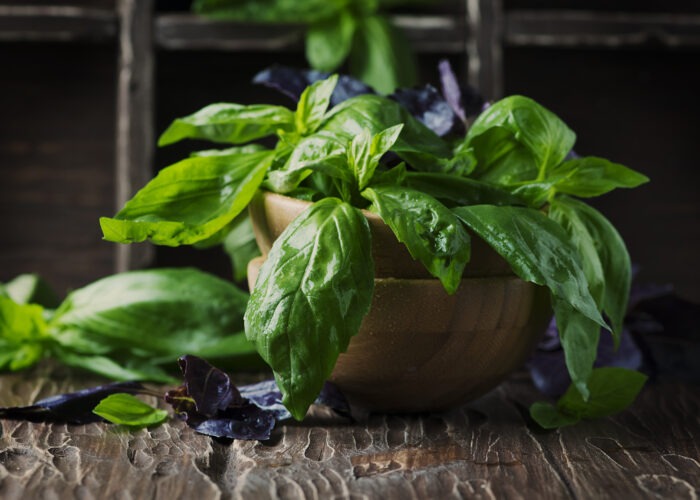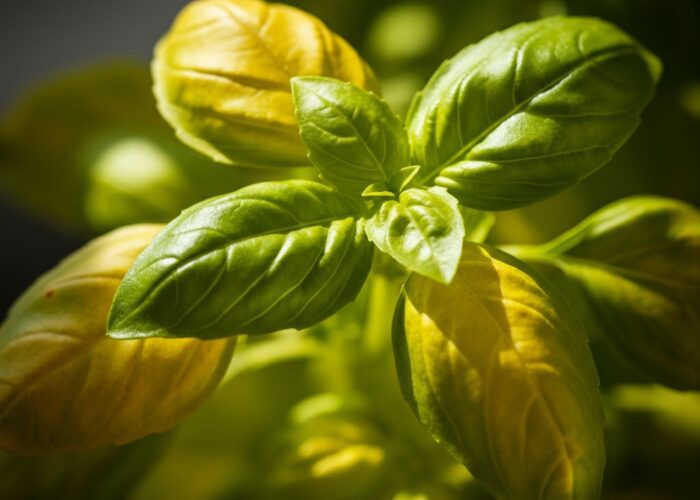
How to Grow Basil Indoors
Fragrance and fabulous flavor are two great reasons to grow basil indoors. This easy-to-grow herb adds aroma to your home and vibrant taste to dishes year-round. Whether you’re using it for salads, sauces, or sandwiches, indoor basil is a rewarding addition to any kitchen garden.
Choose the Right Basil Variety
Not all basil is created equal. Different varieties have unique flavors and growth habits:
Genovese basil – classic Italian flavor; ideal for pesto
Thai basil – spicy and licorice-like; great for Southeast Asian dishes
Lemon basil – citrusy and fresh; perfect for salads and seafood
Choose a variety that fits your culinary style and indoor conditions.
Pot and Placement
Use a 6-inch or larger container. Terracotta, ceramic, or plastic pots all work—just make sure they have good drainage to prevent root rot.
Choose a Sunny Spot
Basil needs at least 6 hours of direct sunlight daily. South-facing windows are ideal. Without enough light, basil will grow leggy and weak.
Tip: If natural light is limited, supplement with a grow light to ensure healthy development.
Watering Wisely
Basil prefers consistently moist (but not soggy) soil. Check moisture by sticking your finger an inch into the soil—if it’s dry, water it. Avoid overwatering to prevent fungal issues or root rot. Water at the base, not overhead, to reduce risk of disease.
Temperature & Humidity
Ideal temperature: 70–80°F (21–27°C). Protect from sudden drafts or heat sources. Basil thrives in moderate humidity. To increase humidity: Place your pot on a tray of pebbles and water. Avoid drafty areas or air vents that dry out the air.
Soil & Fertilizer
Use a well-draining potting mix enriched with organic matter. Mix in perlite or coarse sand for added drainage. Refresh soil annually to maintain nutrient levels.
Fertilizer
Use a balanced fertilizer every 4 to 6 weeks during active growth. Don’t over-fertilize—too much can lead to nutrient burn and flavor loss.
Pruning & Harvesting
Prune with clean, sharp scissors or shears to encourage bushy growth. Start pruning once the plant is about 6 inches tall.
Pinch off flowers as they appear to preserve flavor.
Harvest from the top, using your fingers or scissors. Morning is the best time to harvest for maximum flavor. Regular harvesting keeps basil productive and delays flowering.
Pests & Diseases
Watch for aphids and spider mites. Treat infestations with a mild soap and water spray, focusing on affected areas.
Diseases
Remove any yellowing or wilting leaves promptly. Provide good airflow and avoid overcrowding. Water at the base to prevent leaf mold and spots.
Repotting
When roots emerge from the pot’s drainage holes or soil dries quickly, it’s time to repot. Choose a pot at least 2 inches wider in diameter. Gently transfer the plant to new potting mix, water thoroughly, and keep in a bright spot.
Seasonal Adjustments
Growth slows in winter—cut back on watering and fertilizer. Use grow lights if sunlight is limited.
Be mindful of temperature changes near windows during colder months.









